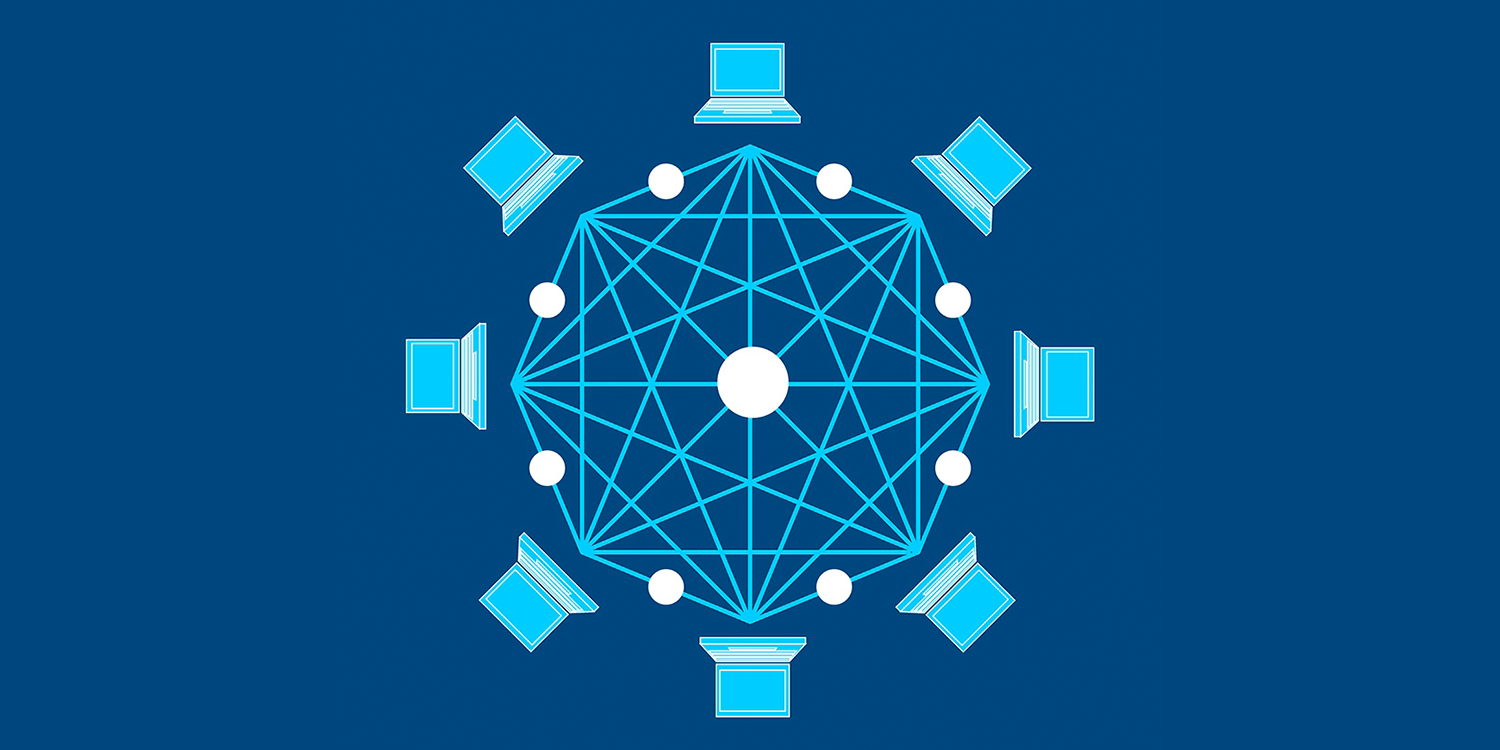You might have heard the word blockchain, but do not have a full understanding of exactly what it means. Or, you believe it is the latest overhyped fad that will come and go quickly. In actuality, the blockchain has many useful functions for an organization, though the technology is in its infancy.
What is blockchain?
The blockchain is a decentralized and distributed online ledger that holds transactional records. The founder initially developed the technology for running Bitcoin, a peer-to-peer form of electronic cash. However, developers can also use the technology for transferring tangible and intangible assets, such as cash, land, intellectual properties, and personally identifiable information.
To give a better idea of how the blockchain works, Block Geeks provides this example, “Picture a spreadsheet that is duplicated thousands of times across a network of computers. Then, imagine this network is designed to regularly update this spreadsheet and you have a basic understanding of the blockchain.”
The process from transaction to settlement is time-consuming since regulating third parties need to verify each deal. Personnel in these institutions might need to spend time collecting paper records and passing them off to different parties for approval. Also, they tend to duplicate efforts by entering the same data sets in different formats, including handwritten notes and spreadsheets. If these workers find any inconsistencies between records, they will delay the transaction further while they make their corrections.
How do blockchain transactions work?
Here is the step-by-step blockchain transaction process explained by Block Geeks:
- Someone requests a transaction
- The technology broadcasts the requested transaction to a peer-to-peer network of computers known as nodes.
- The network of nodes validates the transaction and the user’s status using known algorithms.
- A verified transaction can involve cryptocurrency, contracts, records, or other information.
- Once verified, the technology combines the transaction with other transactions to create a new block of data for the ledger.
- The technology adds the new block to the existing blockchain, in a way that is permanent and unalterable.
- The transaction is complete
How do different industries use the blockchain?
- Financial services: Blockchain can remove third parties, such as a bank, from the transaction process. Also, blockchain can cut the time for approval and settlement since stakeholders can see the entries in real-time.
- Healthcare: A blockchain application can hold the entire medical history of every patient so physicians can offer more specialized treatment plans. Also, healthcare insurance providers can collect the information they require in one place so they can release reimbursements to physicians faster.
- Supply chain: These workers can use the ledger to track the location of parts, quality certifications, and trade documentation.
- Human resources: HR personnel can use the blockchain to verify candidate information including employment dates, titles held, and job duties.
- Manufacturing: Workers can share production logs with original equipment suppliers and auditors to reduce product recalls.
Can the blockchain benefit your organization?
IBM provides these valuable questions to help decision-makers decide if a blockchain application can help the business. If you answer yes to any of these questions, the blockchain can be a benefit.
- Does my business network need to manage contractual relationships?
- Do we need to track transactions that involve more than two parties?
- Is the current system overly complex or costly, due to the need for intermediaries or a central point of control?
- Can the network benefit from increased trust, transparency, and accountability in recordkeeping?
- Is the current system prone to errors due to manual processes or duplication of effort?
- Is the current transaction system vulnerable to fraud, cyberattacks, and human error?
If you’re thinking about building and using blockchain apps, our cloud consultants can help. You can contact us at info@swifttechsolutions.com or 877-794-3811.
SOURCES:
SMB Nation. Get Your Blockchain On! (2018, May 9). Retrieved from: http://unbouncepages.com/msptechtalkspring2018/
Hogan, H. Blockchain and the Channel. (2018, September). Retrieved from: http://digital.channelprosmb.com/publication/?m=24576&l=1#{%22issue_id%22:523020,%22page%22:0}
Gupta, M. Blockchain for Dummies. (2018). Retrieved from: https://www-01.ibm.com/common/ssi/cgi-bin/ssialias?htmlfid=XIM12354USEN
Blockgeeks. What is Blockchain Technology? A Step-by-Step Guide for Beginners. (2018, September 13). Retrieved from: https://blockgeeks.com/guides/what-is-blockchain-technology/
What is blockchain? The most disruptive tech in decades. Retrieved from: https://www.coxblue.com/what-is-blockchain-the-most-disruptive-tech-in-decades/
Iansiti, M. and Lakhani, K. The Truth About Blockchain. (2017, January-February). Retrieved from: https://hbr.org/2017/01/the-truth-about-blockchain
Pratap, M. Blockchain Technology Explained: Introduction, Meaning, and Applications. (2018, July 31). Retrieved from: https://hackernoon.com/blockchain-technology-explained-introduction-meaning-and-applications-edbd6759a2b2
Shiff, L. Enterprise Blockchain: 4 Ways Blockchain Can Be Used in the Digital Enterprise. (2018, August 1). Retrieved from: https://www.bmc.com/blogs/enterprise-blockchain/
Investopedia. Blockchain-as-a-Service (BaaS). Retrieved from: https://www.investopedia.com/terms/b/blockchainasaservice-baas.asp

